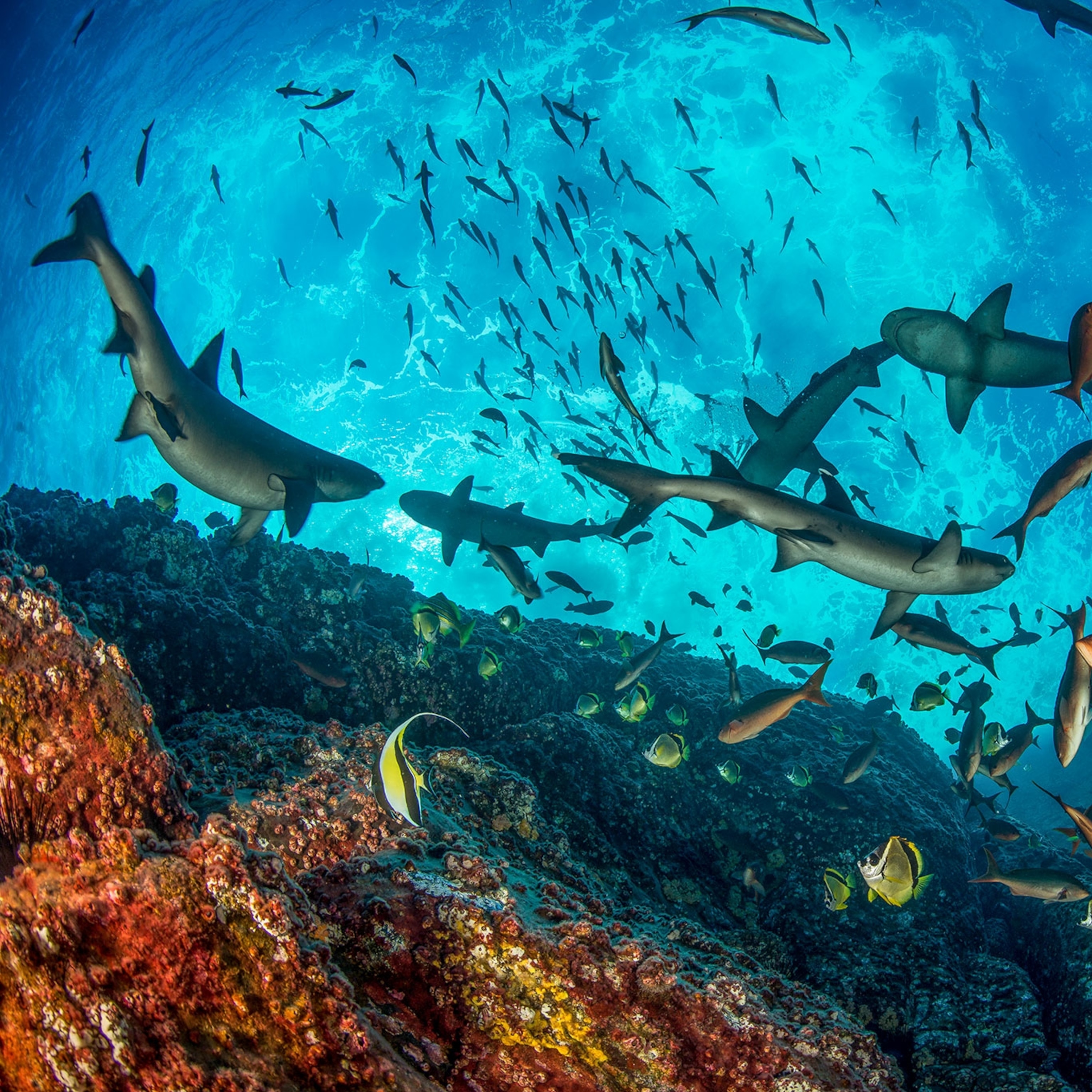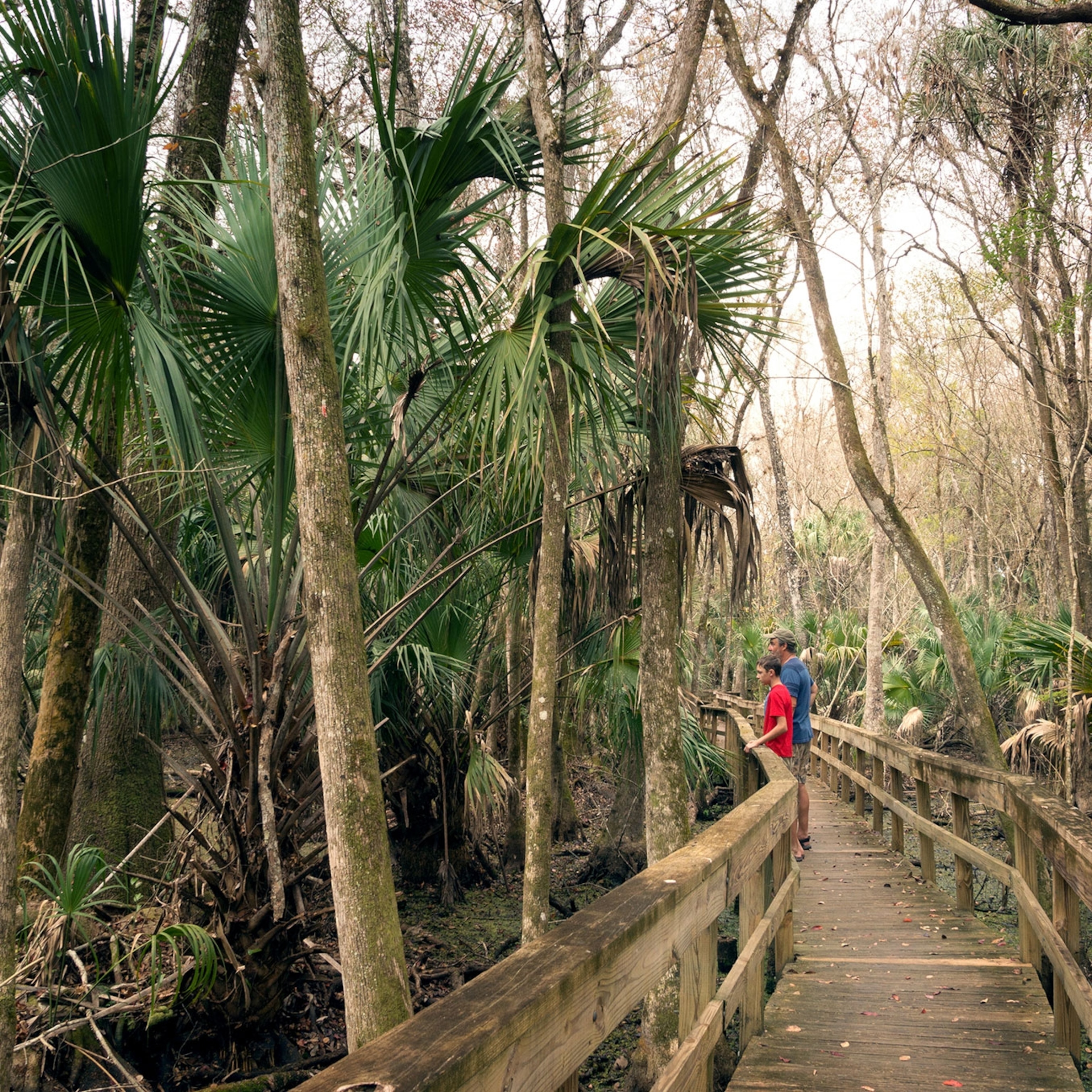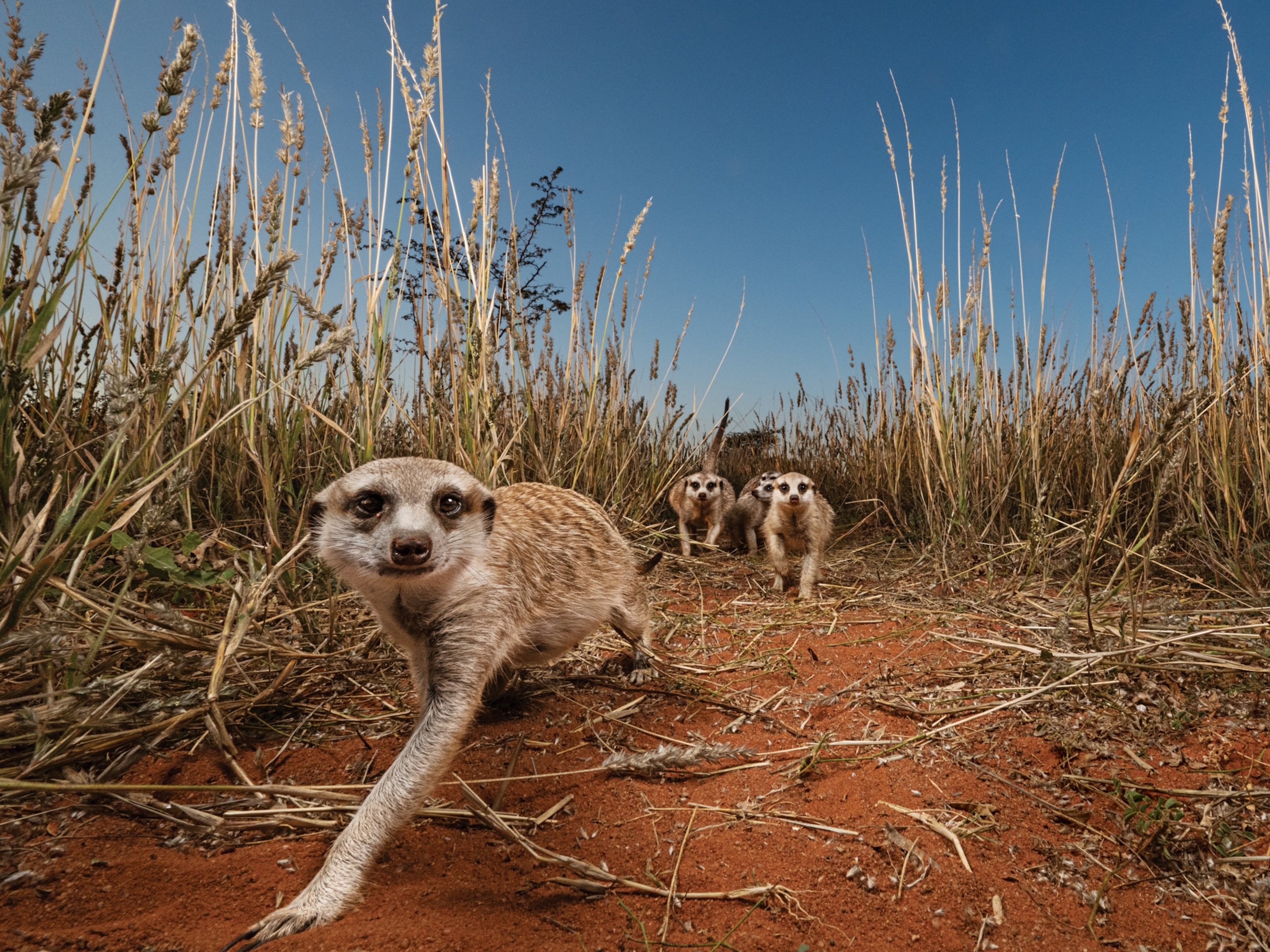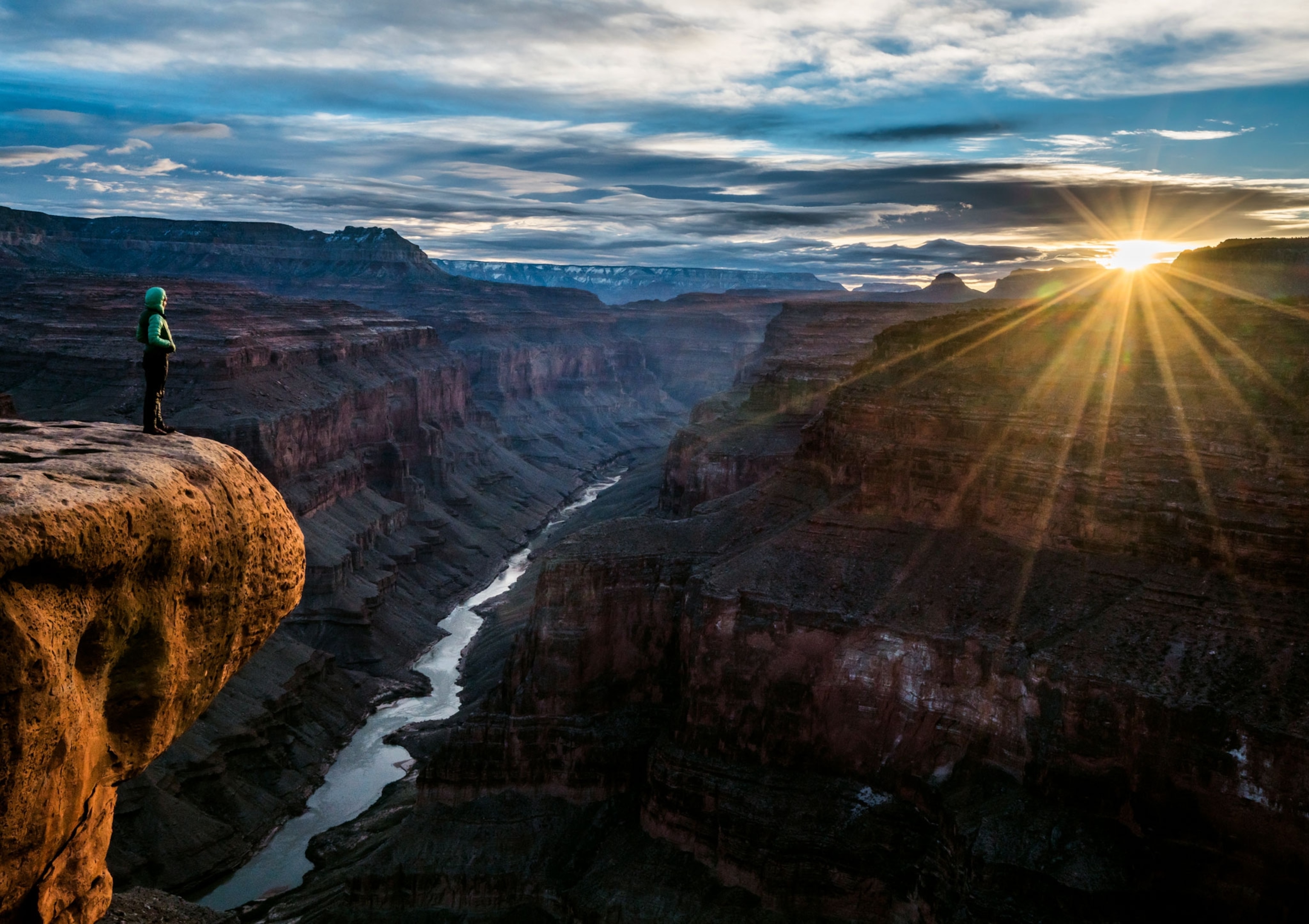
1 million acres of ‘sacred’ land near Grand Canyon are receiving new protections
The designation of the land as a national monument, confirmed to National Geographic this week by the White House, will prevent new uranium mines and protect historically significant tribal lands.
The White House is set to declare today that nearly one million acres of public land adjacent to Grand Canyon National Park will become the country’s newest national monument. The move, first confirmed to National Geographic by the White House, will honor Indigenous homelands in northern Arizona and protect the site from any new uranium mining projects.
The site encompasses natural habitat for the critically endangered California condor, and it is an important watershed for the Colorado River, which provides water to 40 million Americans. It’s also habitat for desert bighorn sheep, and birds including the threatened western yellow-billowed cuckoo and the endangered southwestern willow flycatcher.
The decision by President Joe Biden is the culmination of a lobbying effort by a dozen tribes who have historical ties to the region and advocated for its monument status. It will be called Baaj Nwaavjo I’tah Kukveni Grand Canyon National Monument. Baaj nwaavjo (BAAHJ – NUH-WAAHV-JOH) means “where Indigenous peoples roam” in the Havasupai language, and i’tah kukveni (EE-TAH – KOOK-VENNY) means “our ancestral footprints” in the Hopi language.
The name generally translates as the Ancestral Footprints of the Grand Canyon National Monument.
“Being part of this announcement means everything to me,” says Interior Secretary Deb Haaland, the first Native American cabinet secretary. “I am filled with gratitude for President Biden’s dedication to Indigenous peoples and his understanding of our unbreakable ties to our ancestral homelands.” (Haaland is a member of the Pueblo of Laguna, which is not one of the tribes with ties to this site.)
“After the establishment of Grand Canyon National Park in 1919, the Havasupai people were driven out from their lands,” Haaland says. “Their story is one that is similar to many tribes in the Southwest who trace their origins to the Grand Canyon and the plateaus and the tributaries that surround it. These special places are not a pass-through on the way to the Grand Canyon; they are sacred and significant and deserve protection.”
The monument will include a variety of sacred sites including Red Butte, which the Havasupai people consider their birthplace and call Red Butte-Wii’i Gwdwiisa. They traditionally camped there in the wintertime, before they were forcibly relocated by the U.S. government.
“Our creation stories say Red Butte-Wii’i Gwdwiisa belongs to Mother Earth, and we believe if mining occurs there it will puncture the lungs of Mother Earth,” says Carletta Tilousi, the Grand Canyon tribal coalition coordinator and a Havasupai tribe member. “My family are descendants of the removal,” she adds. “My grandmother’s sisters, my aunts used to talk about how they were treated … One would always say they had guns pointed at them, so it was a very scary and hostile time for my people.”
The making of a monument
In April 2023 a coalition that included the 12 tribes with historic ties to the Grand Canyon unveiled their proposal for this national monument at a press conference where Arizona Senator Krysten Sinema and Arizona Representative Raúl Grijalva, both Democrats, also spoke in support of the initiative.
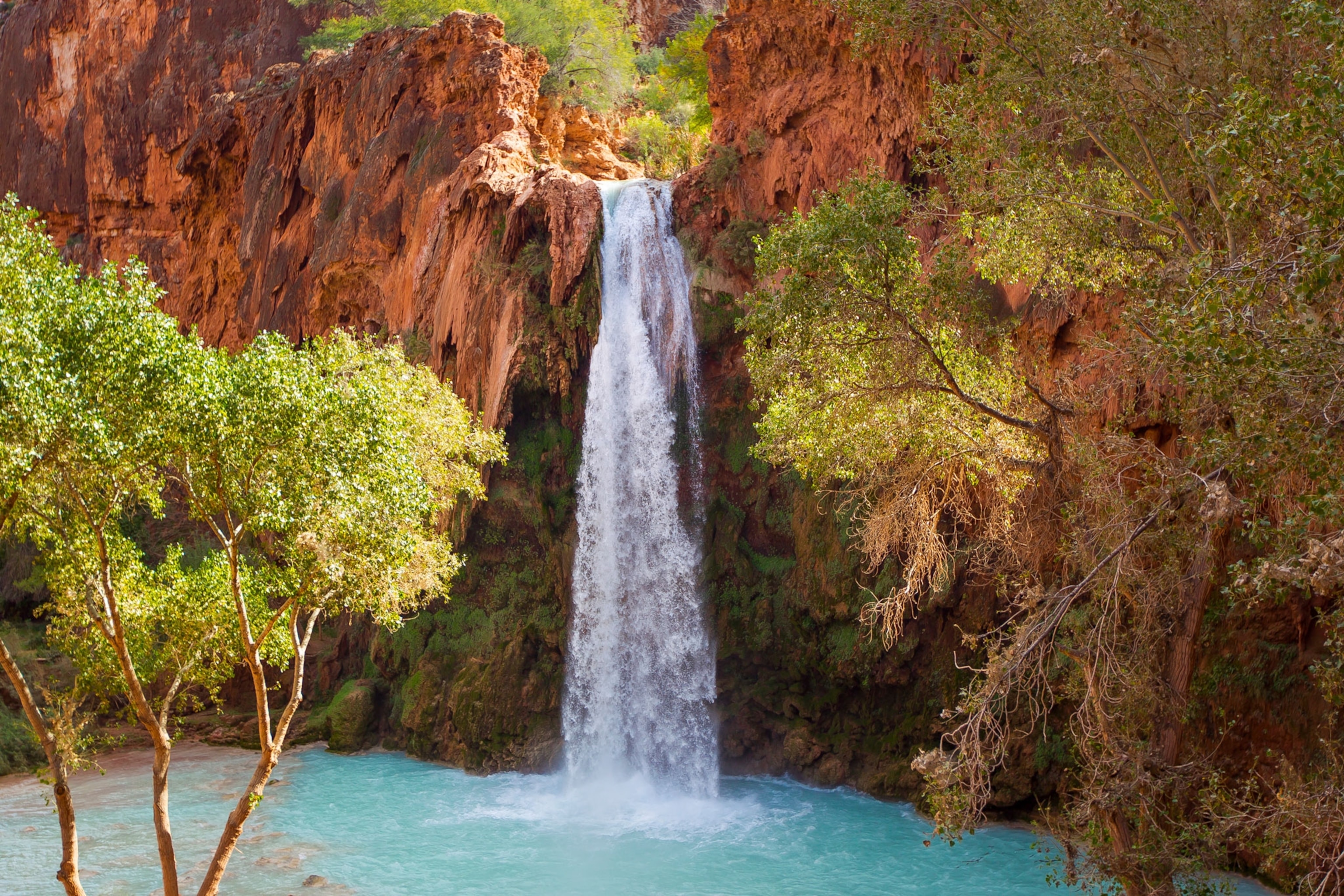
The group invited Haaland to visit the proposed monument site, which she did in May. That visit, Haaland says, was “one of the most meaningful trips of my life.” She hiked to Supai, the capital of Havasupai Indian Reservation, and visited with the tribal council and chairman. She also hiked to some of the reservation’s waterfalls, where she says she immersed herself in the “sacred blue-green waters that flow from the spring-fed streams.”
“I witnessed the deep connection that the Havasupai people have with the land and the waters that have sustained them,” she says. The monument, “will honor and protect the ancestral homelands of 12 sovereign tribal nations, help address past injustices, and create an abiding partnership between the U.S. and the region's tribal nations in caring for these lands.”
“Our work for Indian country is far from over, but the progress we’ve accomplished under this Administration is historic,” she adds.
(Related: National Geographic’s July 2022 cover story on Native sovereignty.)
The White House proclamation creating the monument, which the president is expected to sign later today, will establish a tribal commission to provide guidance on the development and implementation of the monument’s management plan.
These special places are not a pass-through on the way to the Grand Canyon; they are sacred and significant and deserve protection.Deb Haaland, Interior Secretary
Halting mining operations
The monument will be on federal public lands, and it will make permanent President Barack Obama’s 20-year moratorium on new mining operations in the area from 2012. Existing mining claims that predate the moratorium will remain in place, however, and the White House says that there are two approved mining operations within the boundaries of the monument which could still operate.
The legacy of uranium mining in the area has had significant health repercussions. Native people working in the mines during the Cold War-era uranium extraction heyday have had elevated cases of cancer and respiratory illnesses.
Data from the U.S. Geological Survey further indicates that there are multiple areas around the Grand Canyon where uranium leached into the ground water and rendered waters unsafe for drinking.
Any mining, according to tribal communities in the area, puts health, safety, and the environment at risk, and it compromises historic homelands, cultural and archaeological sites, and ceremonial lands.

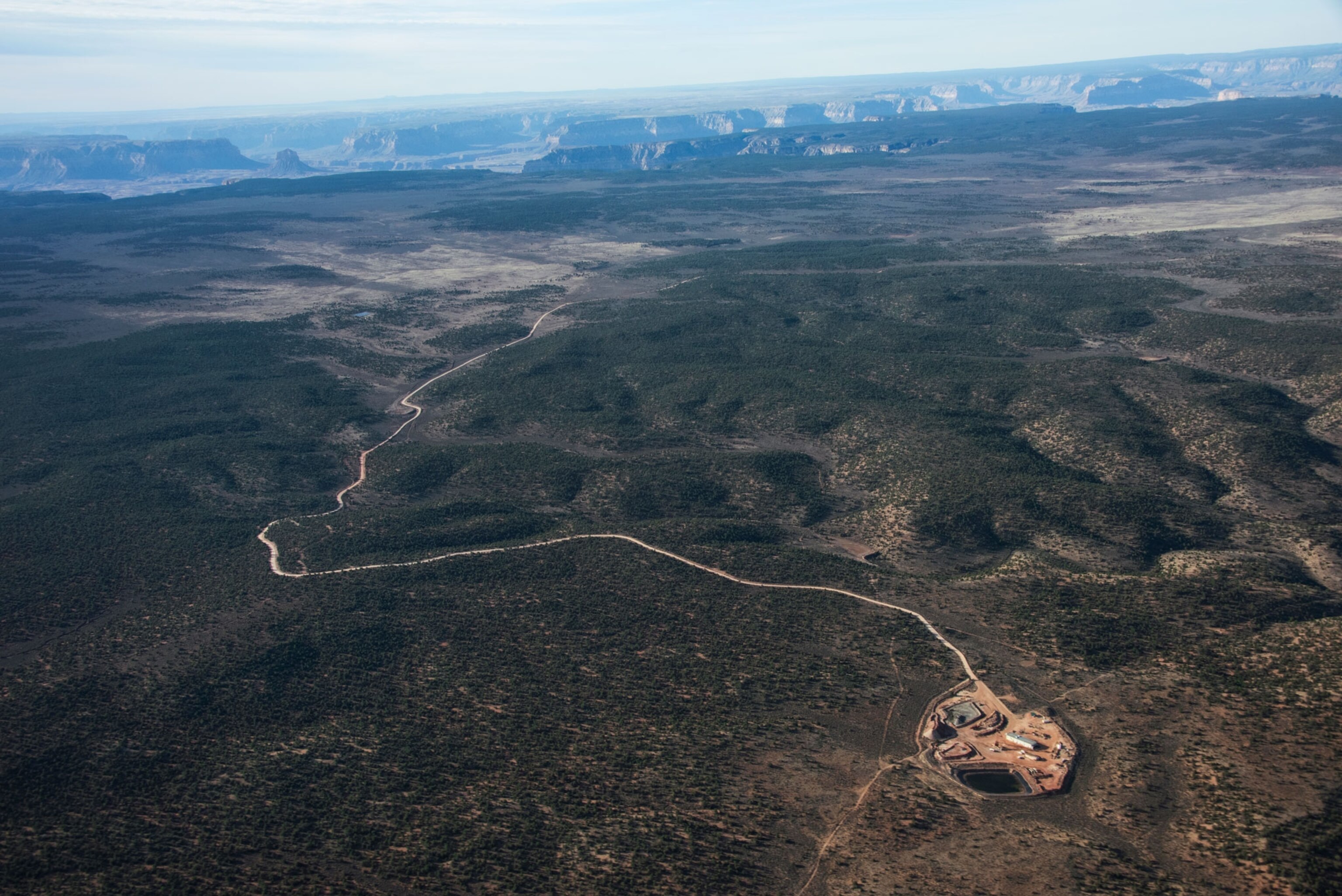
Arizona Representative Paul Gosar, a Republican, publicly opposed the new monument proposal before the announcement and said presidential declarations like this circumvent congressional authority. Uranium mining proponents have also opposed the proposal, saying this will be a missed economic opportunity for people in the area.
The Antiquities Act of 1906 authorizes the president to declare monuments on federal lands if they contain historic landmarks, structures, or other objects of historic or scientific interest.
“The Antiquities Act allows us to look toward the future, so if there are [mining] claims that were already made and perfected through the normal process, those would not be disrupted, and this does not impact private property at all,” says Brenda Mallory, chair of the U.S. Council on Environmental Quality.
The Grand Canyon, with its breathtaking views, is one of the most famous parks in America. It attracts about six million visitors each year. President Teddy Roosevelt, standing on the South Rim in 1903 proclaimed, “Leave it as it is. You cannot improve on it.”
Mallory says that the landscape, species, and the type of ecology at the new monument are very similar to what visitors would see in the nearby Grand Canyon, but she also notes the important tribal history in the area. “It’s the Grand Canyon—extended,” she says.


